Russian diplomat in bizarre appearance
Russian ambassador Australia Alexey Pavlovsky has accused the west of provoking war and said Australia was complicit in the downing of MH17.
The amassing of Russian troops on the border of Ukraine was not a threat of invasion but “a warning” for the country to not count on support of the West for “military adventurism”, Russia’s diplomat in Australia said.
And Russia was not involved in the shooting down of Malaysian Airlines MH-17 that killed 298 on board including 38 Australians, but rather he suggested a conspiracy involving Ukraine in which Australian and Dutch authorities were complicit in stitching Russia up.
In an animated and at times comical address in which he likened coverage of tensions between Russia and the West as Batman versus Joker, Russian ambassador Alexey Pavlovsky said Russia only ever wanted peace.
In a rare public address Mr Pavlovsky said Russia had shown no aggression whatsoever and amassing of troops was standard and not against international law.
He said Western media should show common sense and not imagine that if Russia was going to invade it would position 100,000 plus troops for so many months.
He said on the contrary any such action would be quick like the way Australia and its allies illegally invaded Iraq and “destroyed” a nation in the Middle East.
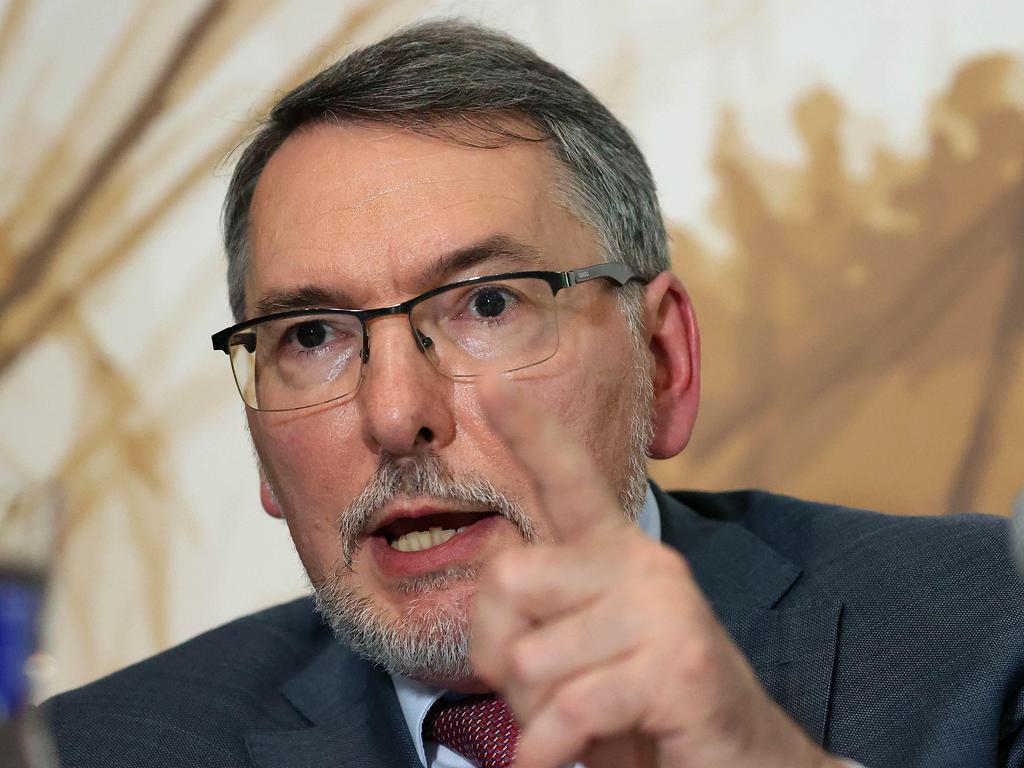
Controversially he also denied Russia had any role in the shooting down of Malaysian Airlines flight MH17 in July 2014 and raised the prospects of a conspiracy involving Ukraine.
He said the investigation and subsequent court case in The Hague where three Russian military and intelligence officers are charged, as having too many anomalies and asked whether it was possible a Dutch newspaper named those involved even before an investigation let alone trial.
He said even hard evidence of a Buk missile found at the crash site could not be proved to be Russian.
The ambassador gave a length history lesson, of his interpretation, of how Ukraine’s eastern provinces wanted to break away from Ukraine’s control in what was a civil war and Russia could not stand by and allow a possible ethnic cleansing when Ukraine forces reacted.
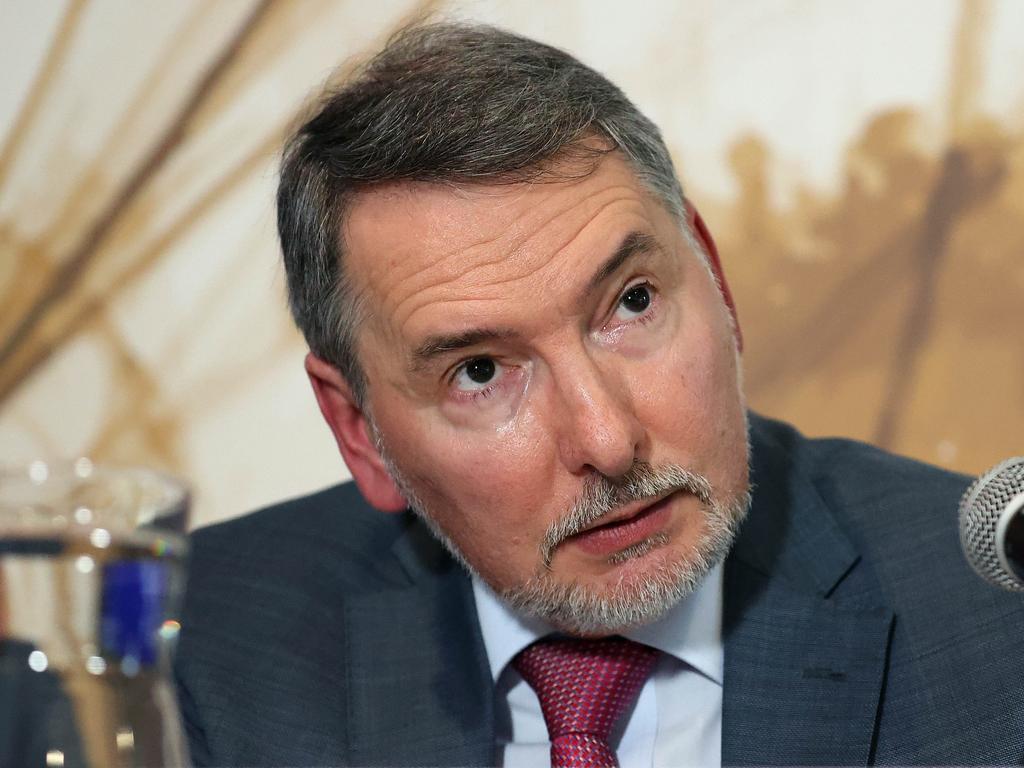
He said it was Ukraine that did not respect the Minsk agreement signed in 2014 and 2015 and attempt to destroy a peace process for that Donbas region.
He added Russian troops now surrounding three side of Ukraine was “not a threat but a warning not to try … reckless military adventures, not interpret support of the West to do this thing.”
He said Russia would not allow “ethnic cleansing across our border”.
The war in Donbas in Ukraine’s east began in 2014 when Russian troops moved into Crimea and later Donetsk and has so far claimed 14,000 lives including more than 4000 civilians.
Mr Pavlovsky said like John Lennon people might say he is a dreamer in hoping that the Australian public believe his words on who is sparking tensions in Ukraine which he said was the West.
RUSSIA’S TERRIFYING WAR ARSENAL
Russia said Thursday local time that the United States was failing to address its main security concerns over Ukraine but left the door open to further talks to ease tensions.
Amid continued fears that Russia could invade its pro-Western neighbour, Washington and Berlin also warned they could target the controversial Nord Stream 2 pipeline, which is set to double supplies of cheap natural gas from Russia to Germany.
Relations between Russia and the West have reached their lowest point since the Cold War after Moscow deployed tens of thousands of troops on the border of Ukraine.
Russia denied any plans to invade but last month demanded wide-ranging security guarantees from the West, including that Ukraine never be allowed to join the US-led NATO military alliance.
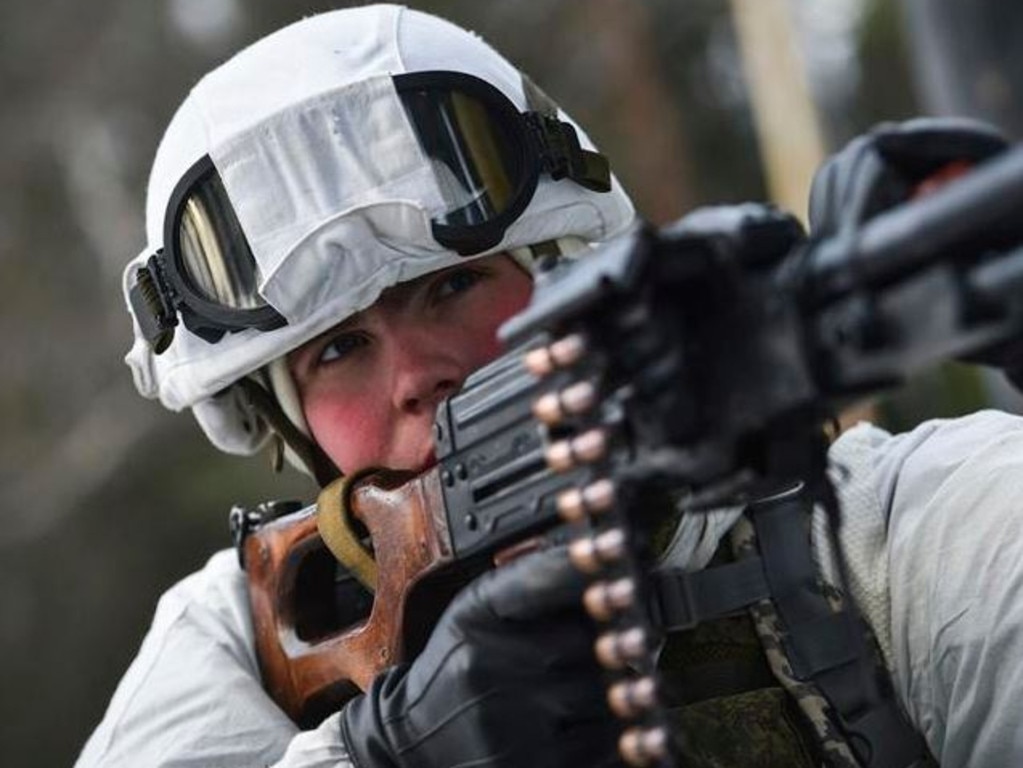
Earlier, Russia and Ukraine agreed to a ceasefire ahead of further talks in a fortnight aimed at de-escalating tensions threatening to engulf Europe in war.
But just in case those talks fail, Russia is trialling a terrifying arsenal of 21st century battlefield weapons it could unleash including robot tanks, kamikaze drones and self-firing Kalashnikovs.
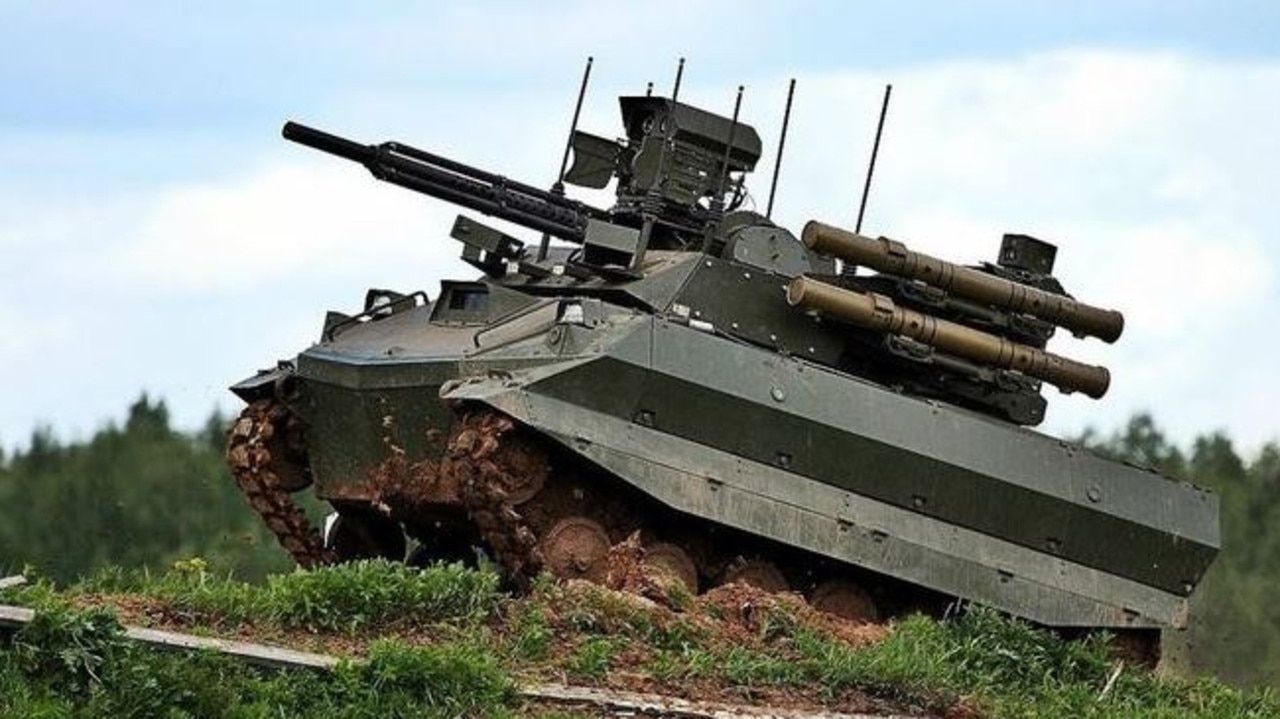
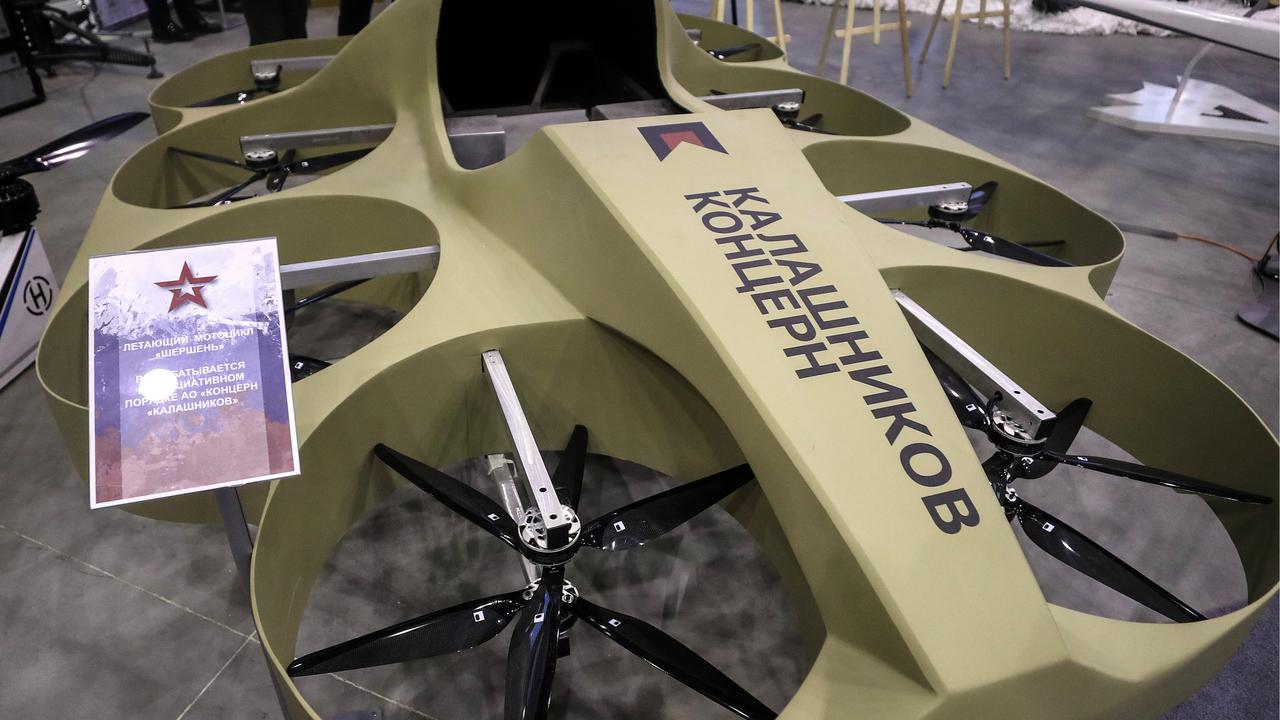
And they have even rehearsed paratrooper attack dogs, complete with body armour and dark goggles to drop with a tandem handler harness into the frontline at 13,000ft from Mi-8 helicopters.
After eight hours of talks in Paris between Kremlin and Kyiv officials and hosted by French and German diplomats, agreement was reached on a ceasefire in Ukraine’s east where Russian-backed separatists have been fighting Ukraine forces since 2014.
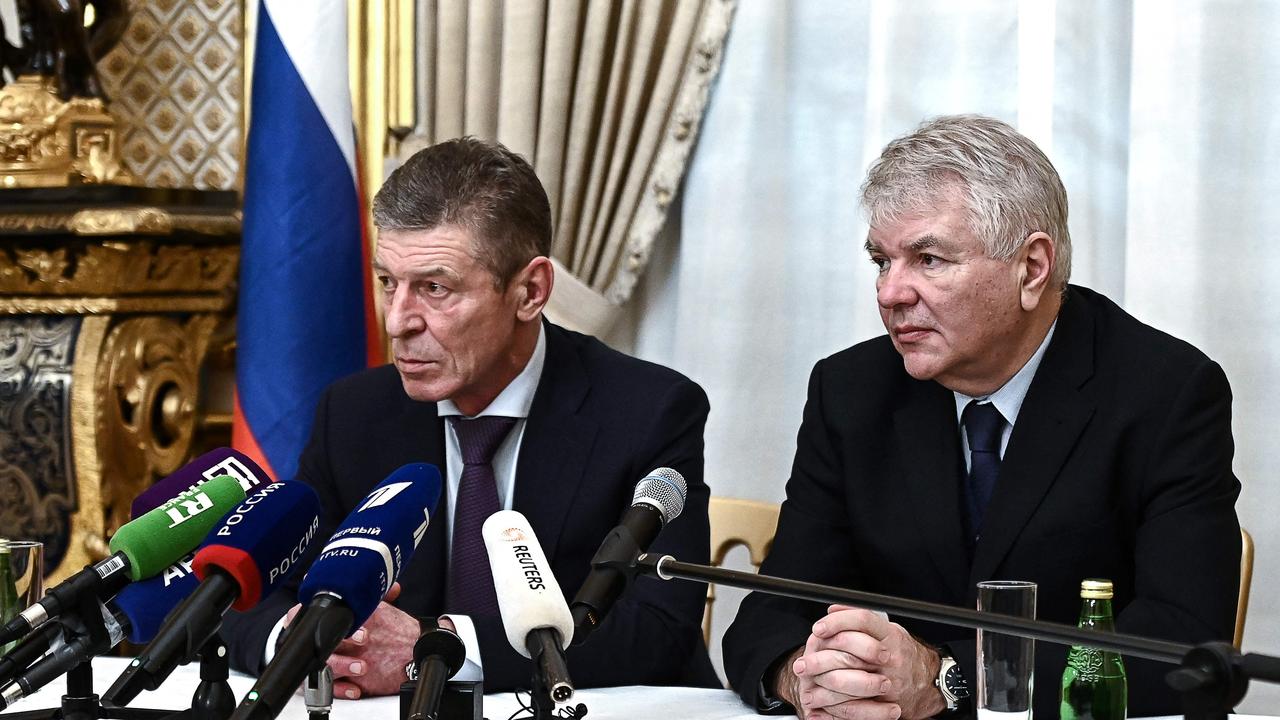
The summit had been specifically to address that war in the Donbas and Luhansk regions which has already claimed more than 14,000 lives and has led to tens of thousands of Russian soldiers amassing on the border of the districts.
There are now more than 127,000 Russian troops along three sides of Ukraine in what the EU fears is a final push to invade the country.
A joint communique committed both sides to “an unconditional respect for the ceasefire” and also another meeting again in two weeks’ time in Berlin.
Kremlin’s envoy Dmitry Kozak said parties agreed a “pause” was needed and a clearer result would be reached in Berlin.
![Rolling out the first flight prototype of the Sukhoi S-70 Okhotnik [Hunter] combat drone at the Chkalov Novosibirsk Aviation Plant. The unmanned combat aerial vehicle has been developed by Sukhoi using the flying wing design and the stealth technology which reduces its radar signature. Picture: Getty](https://content.api.news/v3/images/bin/ab04143bcf35e267aade9ec18b880da1)
“We hope our colleagues have understood our arguments and that in two weeks we will achieve results,” said Kozak, who is also the deputy head of President Vladimir Putin’s administration.
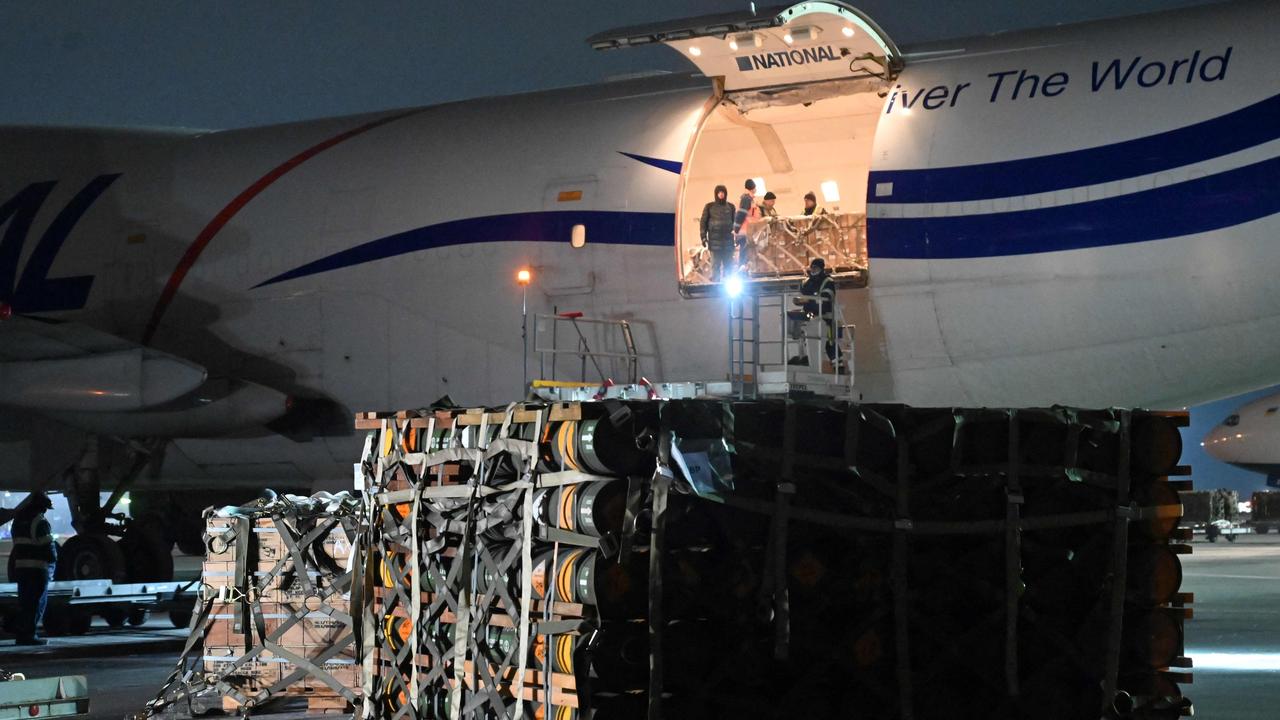
But in Ukraine there is growing suspicion while a full invasion of their country was not imminent, a final push to take Ukraine’s east from Luhansk through to Mariupol – where a largely citizen army has been repelling Russian-backed militia – could be the Kremlin’s new aim.
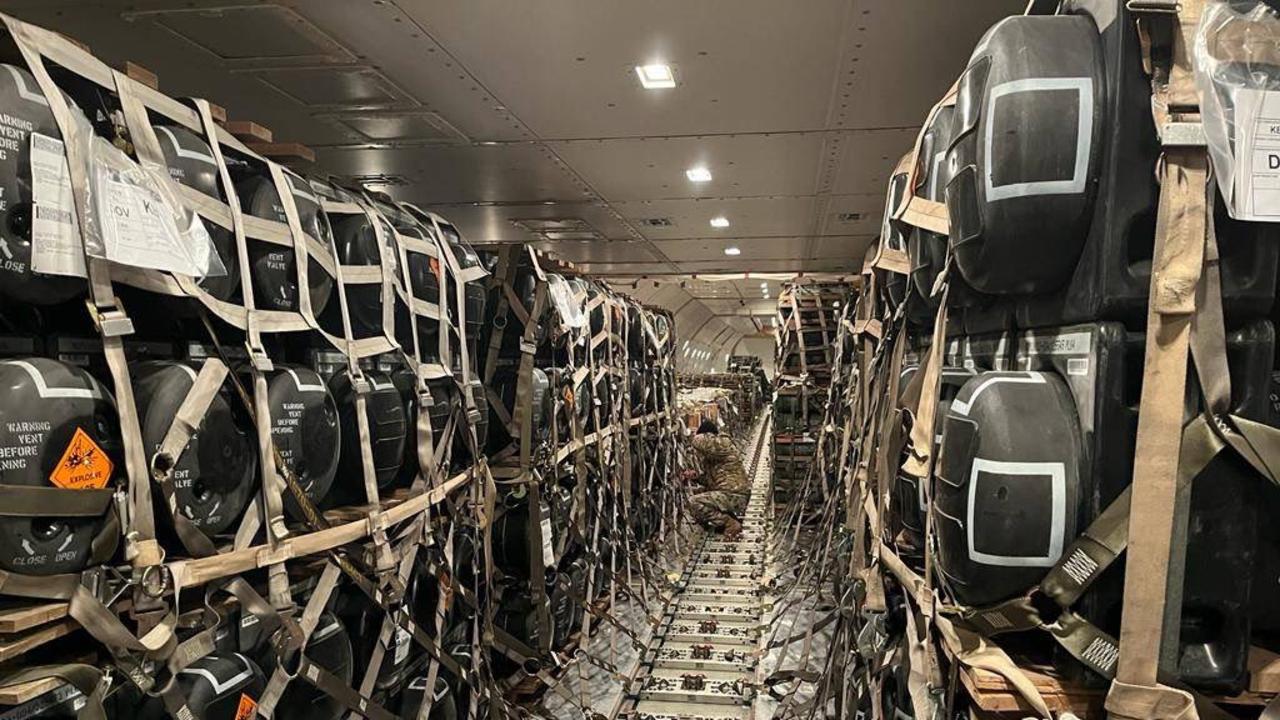
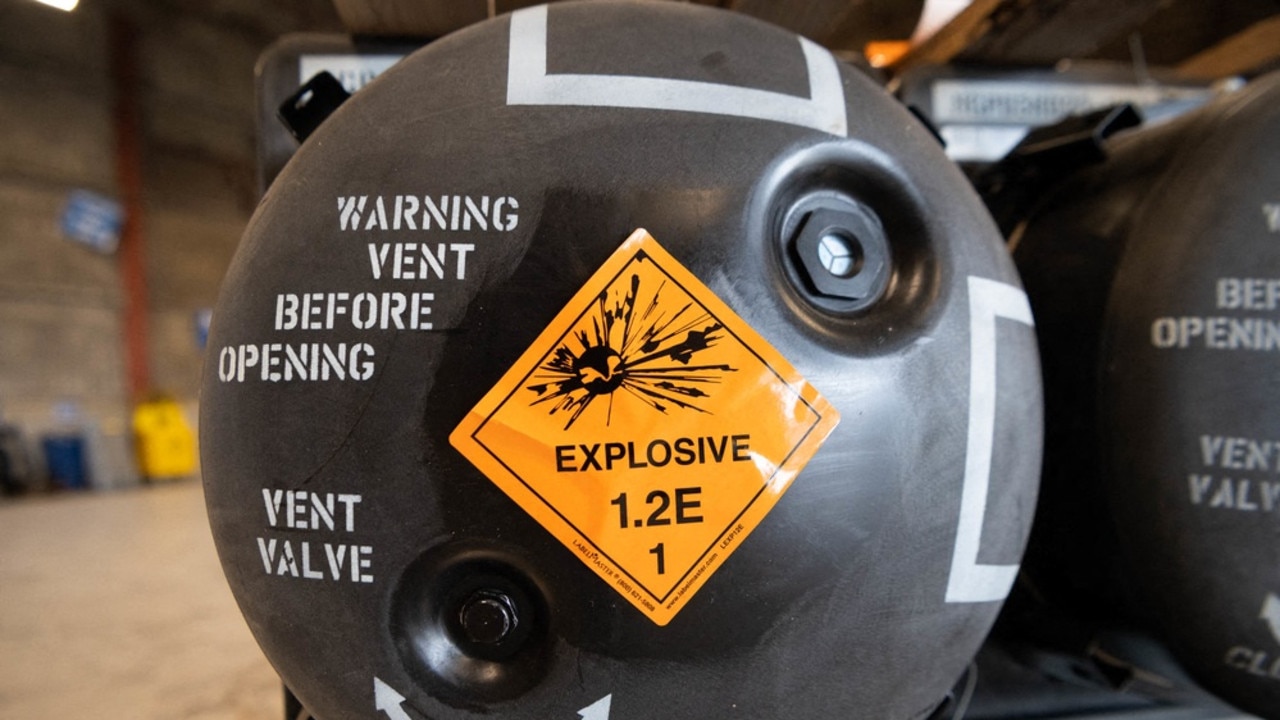
That being the case, it is expected Russian forces would unleash an array of high tech weapons only previously used in exercises.
These include driverless Uran-9 strike robot tanks, complete with rockets, 30mm machine guns and flame throwers to work autonomously or in swarms.
Leaked video shows them on the border. They were tested in Syria with mobility and control issues now rectified.
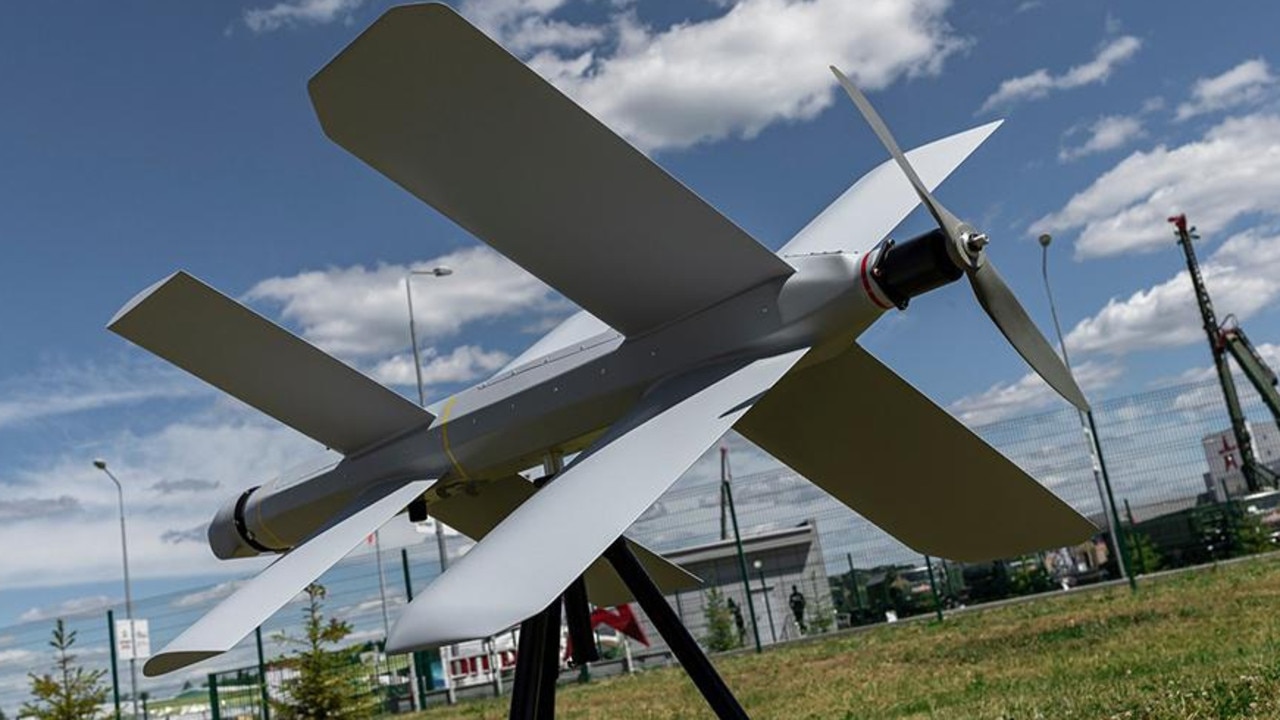
They also have the explosive-laden X-wing Lancet drones dubbed the “Flying Kalashnikov” set to go in “loiter mode” for hours over a potential battlefield – akin to populating the sky with minefields – before then crashing into enemy surveillance drones or aircraft.
It too was trialled in Syria and in Ukraine could lead to modern warfare’s first drone war.
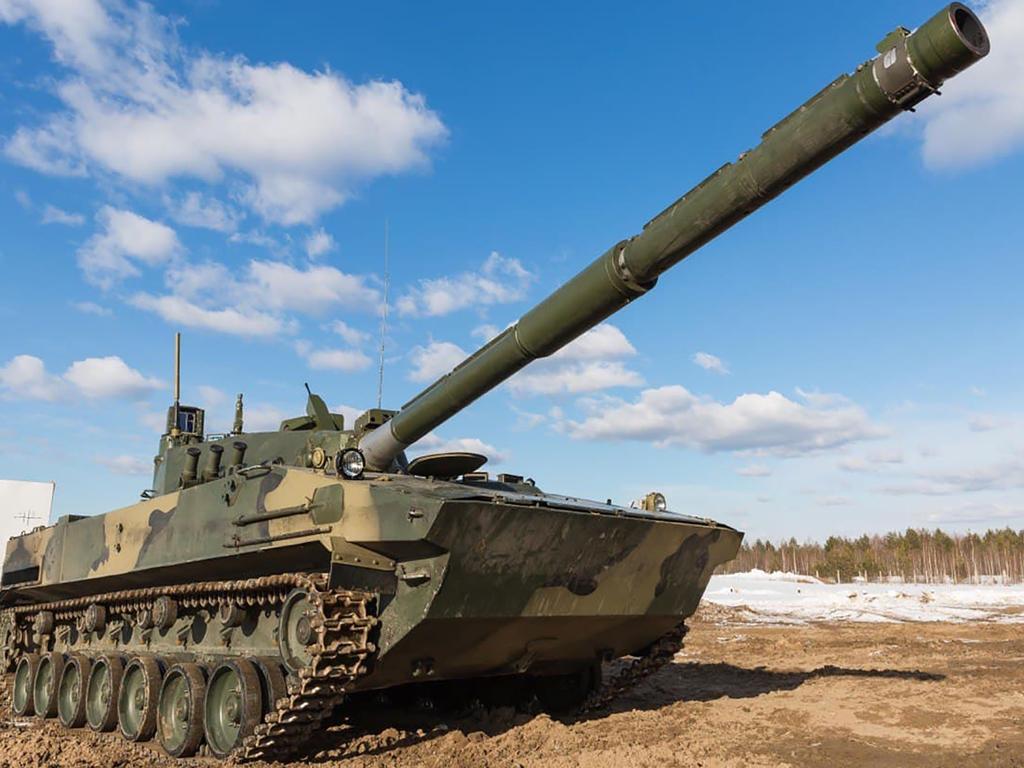
The Russian military has also been trialling paratroopers taking Alsatian dogs strapped into tandem harnesses into behind enemy lines.
The Army has also developed the Sprut-SDM1 tank, so light it is capable of being parachuted into battle or carried on landing craft and have the same fire power as a conventional T-90 tank.
They also now have AI controlled Kalashnikov rifles that identifies targets and fires itself without delays from a soldier pulling a trigger.
Originally published as Russian diplomat in bizarre appearance


